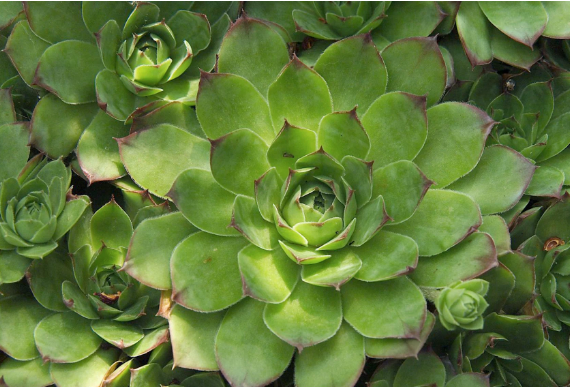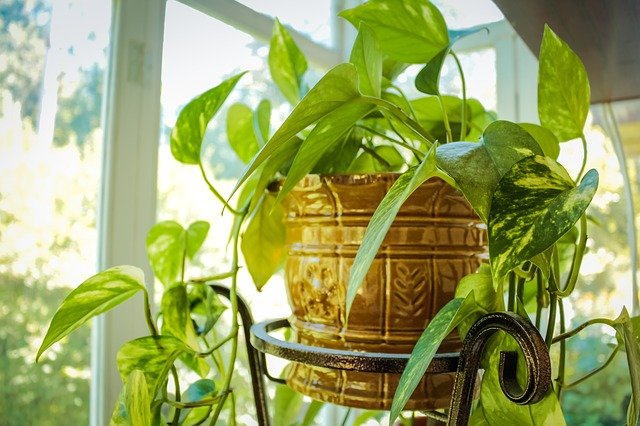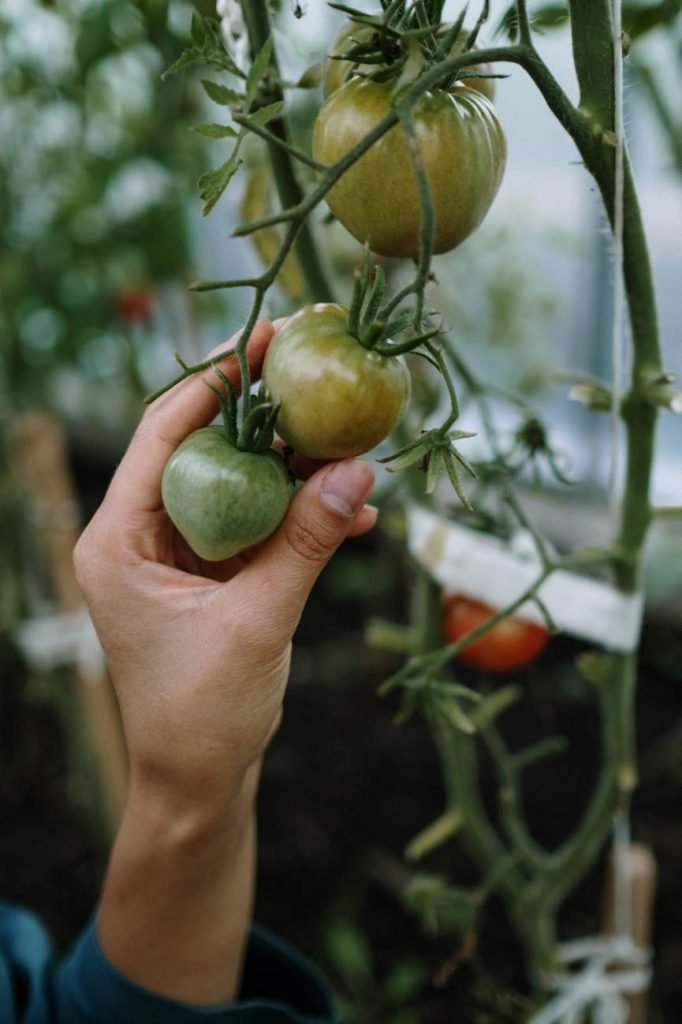In the vibrant world of horticulture, rust-colored flowers stand out with their warm, earthy hues. These unique blooms add depth and character to any garden or floral arrangement. Let’s dive into the fascinating world of rust-colored flowers, exploring their varieties, care, and the often-confused rush plants.
Table of Contents
Popular Rust-Colored Flowers
Rust-colored flowers come in various shapes and sizes, each with its own charm. Here are some popular varieties:
- Chrysanthemum: These fall favorites often bloom in rich rust tones.
- Helenium: Also known as “sneezeweed,” these daisy-like flowers are a staple in autumn gardens.
- Zinnia: These easy-to-grow annuals come in a range of colors, including beautiful rust shades.
- Dahlia: Some dahlia varieties showcase stunning rust-colored petals.
- Marigold: Certain marigold cultivars display lovely rust hues.
Rust-Colored Flowers Names
To help you identify and choose rust-colored flowers for your garden, here’s a more comprehensive list:
- Blanket Flower (Gaillardia)
- Coneflower (Echinacea)
- Cosmos
- Crocosmia
- Day Lily
- Nasturtium
- Rudbeckia
- Sunflower (certain varieties)
- Tulip (specific cultivars)
Caring for Rust-Colored Flowers
Most rust-colored flowers are relatively easy to care for, but here are some general tips:
- Sunlight: Most rust-colored flowers thrive in full sun.
- Soil: Well-draining, nutrient-rich soil is ideal.
- Water: Regular watering is crucial, especially during dry spells.
- Fertilizer: Apply a balanced fertilizer during the growing season.
- Deadheading: Remove spent blooms to encourage more flowers.
The Rush Plant: A Common Confusion
While exploring rust-colored flowers, it’s important to note that the rush plant is often mistakenly associated with this group. However, rushes are not flowers at all, but rather grass-like plants that typically grow in wetlands or near water sources.
Understanding the Rush Plant
The rush plant, scientifically known as Juncus, is a genus of plants that includes about 300 species. Often confused with grasses or sedges, rushes have some distinct characteristics:
- Appearance: Rushes typically have round, hollow stems and grow in clumps.
- Habitat: They’re commonly found in wetlands, marshes, and along water edges.
- Uses: Some rush species are used in basket weaving and traditional medicine.
Rush Grass: A Closer Look
The term “rush grass” is sometimes used interchangeably with “rush plant,” but it’s important to understand that rushes are not true grasses. Here are some key differences:
- Stem structure: Rush stems are usually round and hollow, while grass stems are typically flat or folded.
- Leaves: Rushes often have reduced leaves, while grasses have more prominent leaf blades.
- Flowers: Rush flowers are typically small and inconspicuous, unlike the showy blooms of many grasses.
Incorporating Rust-Colored Flowers and Rushes in Your Garden
While rust-colored flowers and rushes are quite different, they can both add interest to your garden design. Here are some ideas:
- Create contrast: Plant rust-colored flowers against a backdrop of green rushes for a striking visual effect.
- Water garden: Use rushes around the edges of a pond or water feature, with rust-colored flowers nearby for added color.
- Wildflower meadow: Incorporate rust-colored wildflowers like rudbeckia or blanket flowers in a naturalistic planting scheme.
- Autumn display: Combine late-blooming rust-colored flowers with ornamental grasses for a beautiful fall garden.
Conclusion
From the warm, inviting tones of rust-colored flowers to the practical and ornamental uses of rush plants, nature offers a diverse palette for garden enthusiasts. Whether you’re looking to add a pop of color with chrysanthemums and zinnias or create texture with rushes, there’s something for every garden style.
Remember, while rust-colored flowers bring vibrant hues to your landscape, rushes offer a different kind of beauty with their architectural forms and adaptability to wet conditions. By understanding the unique characteristics and care requirements of each, you can create a garden that’s both visually appealing and ecologically diverse.
So, the next time you’re planning your garden or a floral arrangement, consider incorporating some rust-colored blooms for a touch of warmth and sophistication. And don’t forget about the humble rush plant – it might just be the perfect addition to that tricky wet spot in your yard!

Gardening is my passion and growing plants indoors has always been a stress relief for me. Grow a banana tree in my apartment once (although failed to produce bananas).





